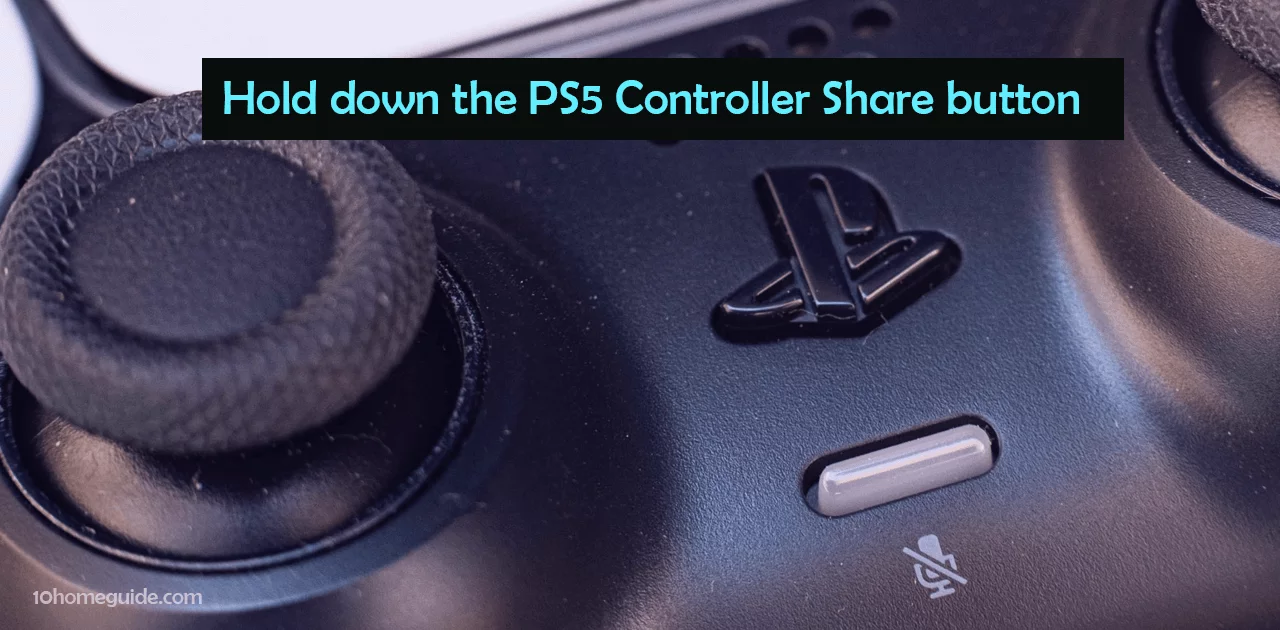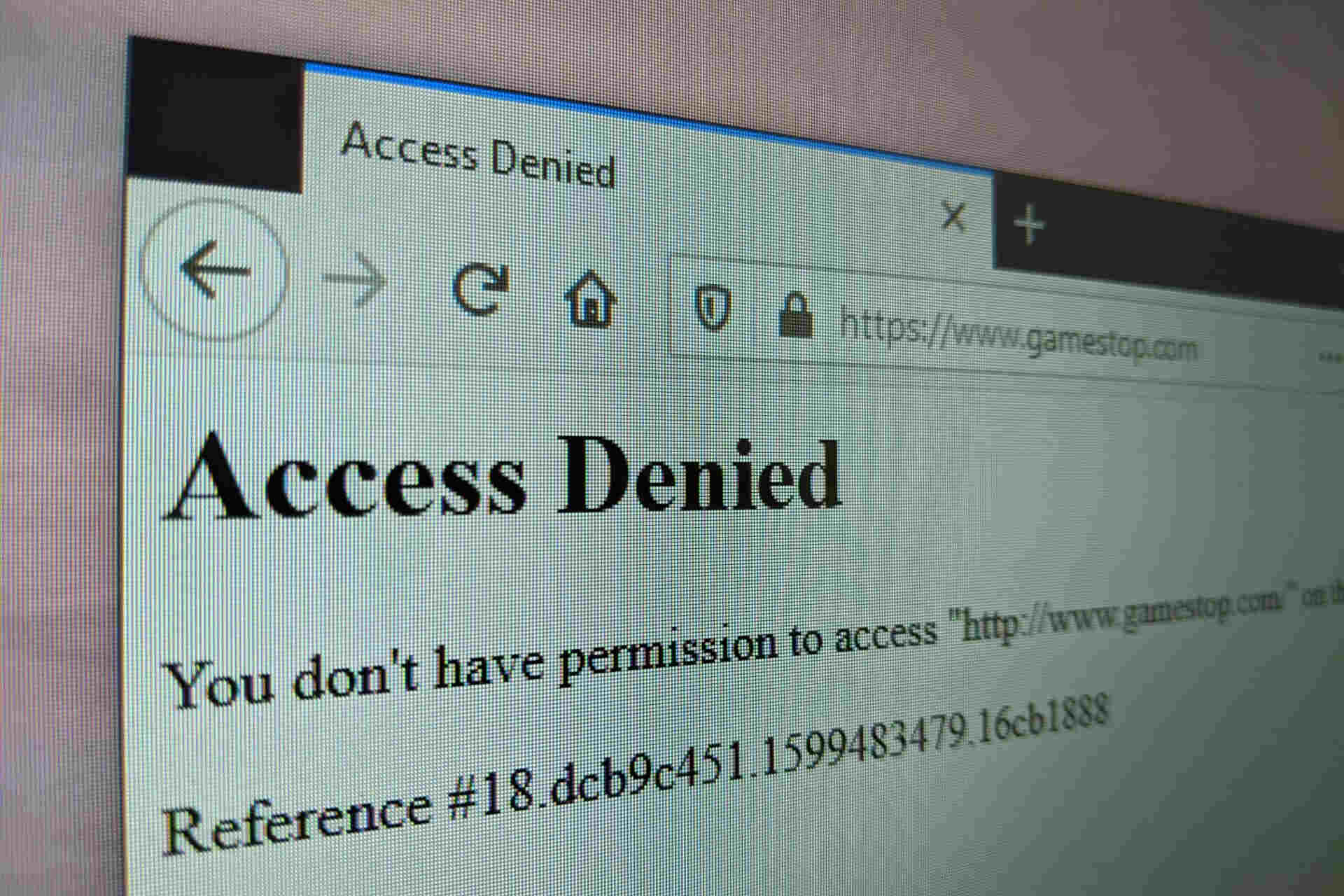Microsoft’s Misguided Vision Sets the Stage for Failure
Overreaching DRM and Entertainment-Focused Policies Doomed the Xbox One from the Start
When Microsoft first unveiled their vision for the next-generation Xbox One console at E3 2013, they emphasized expansive digital rights management policies and transforming the device into an all-encompassing home entertainment system over its core gaming functionality. Policies such as requiring an always-online internet connection, prohibiting resale of pre-owned games, and restrictions on sharing libraries with friends were meant to push their digital marketplace approach but served only to greatly annoy dedicated gamers. By prioritizing integrated TV, multimedia and restrictive licensing controls over the gameplay experiences fans expected from its predecessor, Microsoft had badly misread gaming’s core audience and what truly resonates with them.

Gamers Rebel Against Microsoft’s Overly Restrictive and Entertainment-Centric Vision for Xbox One
Word of Microsoft’s misguided policies spread like wildfire online as many gamers felt their cushioned control over playback and ownership rights were being encroached upon. Fans took to internet forums and social media in droves to express their displeasure, pointing out how the console no longer seemed designed for core players. The reveal had overlooked what truly motivates gaming’s most loyal demographics and incentivized many to consider jumping ship if alternatives emerged providing a better sense of ownership and control over their expensive hobby and purchases. By the time E3 wrapped, it was evident Microsoft had badly botched understanding what their fans truly wanted.
Sony Pounces on the Opportunity to Woo Disgruntled Xbox Fans
PlayStation 4 Announcement Emphasizes Games-First Focus and Flexibility Gamers Demanded
Only a month after Microsoft made their misguided pitch, Sony had their moment in the E3 spotlight to announce their own next-gen PlayStation 4 entry. In sharp contrast to their competitor, Sony executives highlighted how the new console would empower players through an games-first approach and lack of intrusive DRM or online requirements. With no restrictions on pre-owned games or hardware always-online requirements, they positioned PS4 to satisfy the flexibility and pro-consumer stance disgruntled fans craved. This pivotal announcement transformed Sony into gaming’s rising stars practically overnight, leaving a major leadership vacuum for Microsoft to scramble resolving.
Positive Early Messaging and Multi-Generational Support Win Over Skeptical Customers
Through remaining months of 2013, Sony continued capitalizing on their momentum by emphasizing PS4’s backwards compatibility of supporting PlayStation 3/Vita games, robust launch catalog and holiday season retail availability. Promoting their console as a haven for all levels of dedicated fans past and present, including robust multiplayer and streaming functionality cemented it as the new system for core players to flock towards. Between Microsoft stubbornly defending bad policies for months more and Sony’s masterful marketing, the stage was perfectly set for a changing of the generational guard many saw inevitable after these platforms’ introduction periods.
Microsoft’s Tone Deaf Response Dooms Early Xbox One Adoption
Extended Refusal to Budge on Controversial Policies Further Angers Fans
In the critical months following their unveiling, Microsoft leadership showed unwillingness to acknowledge community backlash towards their ambitious plans for digital licensing controls and media focus. Repeated inquiries on adjustable policies were met with assertions that the vision wasfinal and made technical necessity. This inflexibility ignored fans rejection of the issues holding them back from supporting Xbox One wholeheartedly. As the launch window neared, many taken fans grew convinced Microsoft remained disconnected from understanding core players’ priorities and needs.
Lost Customers Flock to Rival PlayStation Brand During 2014 Launch Window
By November 2013 launch, Microsoft’s hubris had already alienated multitudes of potential new Xbox owners. With no reworked policies or concession in sight, PlayStation 4 gained immense mindshare amongst discerning fans. Reviews further highlightedthe hardware’s relative graphics performance advantages over its Xbox counterpart as well. These factors coalesced into PlayStation soundly OUTPACCING Xbox One in sales throughout the coveted 2014 calendar year, establishing a market moment in Sony’s favor Microsoft was drastically ill-prepared to counteract or regain control over. The damage of fumbled messaging and lost adopters early on would prove tremendously difficult to recover from.
Microsoft’s Frantic 180 Degree Policy Reversal Comes Too Late
Restrictive Features Like Always-Online Requirement Finally Voided Months After Launch
In a desperate June 2014 pivoting of strategy, Microsoft publicly abandoned their misguided vision of stringent digital licensing and connectivity to instead focus on games. Features like the always-online requirement and restrictions on reselling/lending pre-owned titles were removed from their platform. While earning praise for listening to fans at last, the move came far too belatedly after damage establishing PlayStation 4 as the premier console choice had already been extensively cemented during critical early adoption periods.
Price Drop and Exclusive Titles Fail to Rallies Fans Like Rival Platform Had
Further attempts to close PS4’s sizable lead included bundling Kinect separately, slashing Xbox One’s MSRP price tag and promoting exclusives. However, these didn’t come close to resonating with lapsed fans in the way Sony’s masterful positioning had in the previous year. Despite Microsoft finally walking back harmful restrictions, any goodwill regained couldn’t offset lost mind and market share as PlayStation reigned as fans’ clear next-gen choice heading into the remainder of the generational lifespan.
The Console War’s Second Act - Closing the Gap or Lost Cause?
Microsoft Doubles Down on Exclusives and Subscriptions
Investment in First-Party Studios Bears Fruit with Popular Franchises
Recognizing the need to differentiate their platform through high-quality exclusive experiences once more, Microsoft poured resources into developing memorable games only found on Xbox. Hits like Forza Horizon, Gears of War and Halo Infinite buttressed the console’s lineup, keeping audience engagement steady despite install base disadvantages. By expanding their portfolio of must-play brands, Xbox regained relevance amongst dedicated fans - even if overall consumer mindshare still eluded them.
Xbox Games Pass Shakes Up the Subscription Model
Another avenue Microsoft tested gaining ground was through the innovative Games Pass service, which offered access to over 100 titles for a low monthly fee. Pioneering this Netflix-style approach saw early promise in attracting consumers with its library and value proposition outweighing traditional $60 games. As the service matures, its long-term impact on shifting business models remains XBOX GAMES PASS GAME CHANGING.
PlayStation Maintains Market Leadership But the Generation Remains Unfinished
Sony Rides the Wave With Critical Darlings and Online Ecosystem
Building upon its dream launch, PlayStation 4 sustained momentum across the remainder of the cycle thanks to industry-leading exclusive releases from Naughty Dog, Insomniac and Sucker Punch elevating the platform’s prestige. Meanwhile, PlayStation Network services like PS+ continuously engaged its massive install base with free titles and cooperative play features.
Yet New Console Generations are Marathons, Not Sprints
With no new hardware on the horizon, the generation both kicked off and sustained PlayStation’s domination remains an unfinished story. While current installation figures strongly favor Sony, another few years exists for Microsoft to potentially chip away at or even surpass their rival should next-gen bring a change of fortunes. Only time will truly tell which firm emerges victorious after this protracted consolewar rounds its final corner.
Lessons Learned and an Uncertain yet Hopeful Future
Microsoft’s Mistakes and Sony’s Successes Offer Clear Takeaways
Gamers Will Not Tolerate Intrusive DRM or Lost Control Over Purchases
The disastrous response towards Xbox One’s original plans demonstrated the importance of respecting customers’ ownership and flexibility when it comes to their expensive gaming hobby. Overly restrictive digital licensing models simply don’t resonate in this space.
Focus on Great Exclusives and Respect Players Above All Else
PlayStation’s relative success came down to great games, online services benefiting fans and maintaining its heritage of consumer-first simplicity. When entertainment giants stray too far from these tried-and-true pillars supporting communities, backlash is sure to follow.
A New Generation Awaits But Legacy of This One Remains Unsettled
** Microsoft Looks to Leave Missteps Behind But Road Back Won’t be Easy**
While making large strides in areas like Game Pass, rebuilding full consumer trust after bungling the start of this generation poses an immense challenge. Microsoft must prove with next-gen it has truly learned putting players above all.
Yet New Hardware Cycles Mean Fresh Starts - Can Xbox Still Emerge Victorious?
With years potentially remaining before a generational handoff, renewed focus on pleasing fans through excellent games could finally close PlayStation’s comfortable lead. But only by once more prioritizing what resonates most with dedicated players rather than restrictive policies. A decade remains for Microsoft to rewrite this generation’s unfortunate legacy.
 The Complete Guide to Connecting Your PS5 Controller to Your Laptop
The Complete Guide to Connecting Your PS5 Controller to Your Laptop